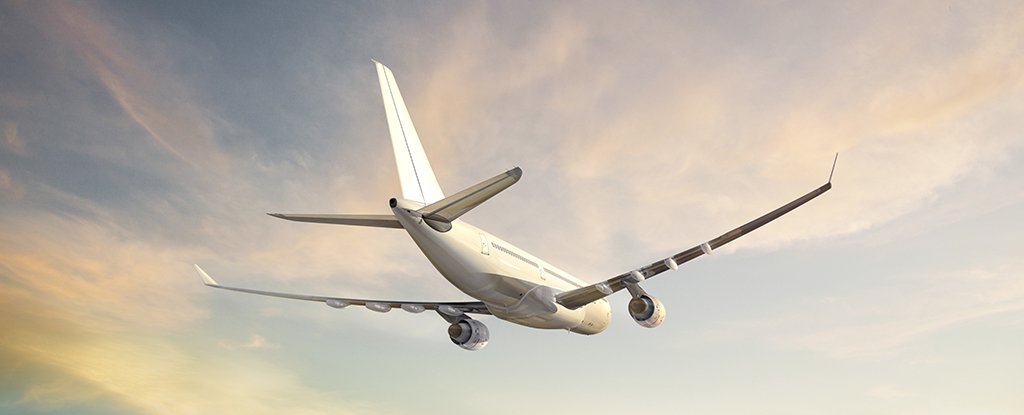
Aircraft could reduce much of their emissions just by traveling with the wind

Today’s planes already use jets to save time and fuel, but a new study shows that by being a little smarter about how they handle those winds, transatlantic flights could consume up to 16 % less fuel and therefore pumping much less CO2. .
The key is flexibility, say the researchers: allowing planes to vary their flight paths more frequently and to a greater extent depending on how the jet stream moves on a given day. The next advancements in satellite and tracking technology mean it can be done without adding more risk to travel.
Millions of kilograms of CO2 emissions could be saved each year, if airlines and air navigation service providers on both sides of the Atlantic agreed to adopt the modified system, and the changes would also be inexpensive and quick to implement.
“Today’s transatlantic flight paths mean that planes use more fuel and emit more carbon dioxide than necessary.” says Cathie Wells, doctoral student in mathematics, University of Reading in the UK.
“Although winds are taken into account to some extent when planning routes, considerations such as reducing the total cost of flight operations currently have a higher priority than reducing fuel consumption and pollution. . “
To calculate the numbers needed in terms of fuel economy, the team analyzed around 35,000 flights between London and New York, covering the dates from December 1, 2019 to February 29, 2020 and involving nearly a million passengers in total.
While the maximum fuel economy on a flight was 16 percent, the average was much lower: 1.7 percent for flights from western New York and 2.5 percent for flights to New York. east London. However, these differences can add up quickly, and researchers estimate that approximately 6.7 million kilograms (14.7 million pounds) of CO2 emissions could have been saved over the period analyzed in the study.
With aviation currently responsible for around 2.4 percent of human-caused carbon emissions, a number that is indeed increasing, there is an urgent need to find ways to reduce the production of these greenhouse gases.
Some of the routes currently used by transatlantic flights. (Wells et al, Environmental Research Letters 2021)
“Upgrading to more efficient planes or switching to biofuels or batteries could significantly reduce emissions, but it will be expensive and may take decades.” says atmospheric scientist Paul Williams of the University of Reading.
“Simple adjustments to flight routes are much cheaper and can provide immediate benefits. This is important because there is an urgent need to reduce aviation emissions to reduce the future impacts of climate change. “
While airlines are ready to put fuel savings ahead of cost savings when it comes to jet travel, the low-earth orbit satellite technology needed to make this idea a reality is already in the testing phase. .
So far, the volume of transatlantic air traffic and patchy radar coverage in the middle of the ocean has limited what planes can do in terms of varying their routes, but this excuse won’t hold up for long.
While this new analysis simplifies some of the modeling when it comes to tracking long-haul flights over the Atlantic, the research team plans a more detailed examination in the future of how this approach. might work – one of the many ideas on how aviation broadcasts. for the coming years.
“In future studies, we plan to study the design of optimal roads that are robust under uncertain climatic conditions,” the researchers write in their published paper.
“It would also help if airlines had the flexibility to change the horizontal path, altitude and speed in order to make flight times more consistent, while keeping fuel consumption and therefore emissions to a minimum.
The research was published in Environmental survey letters.



